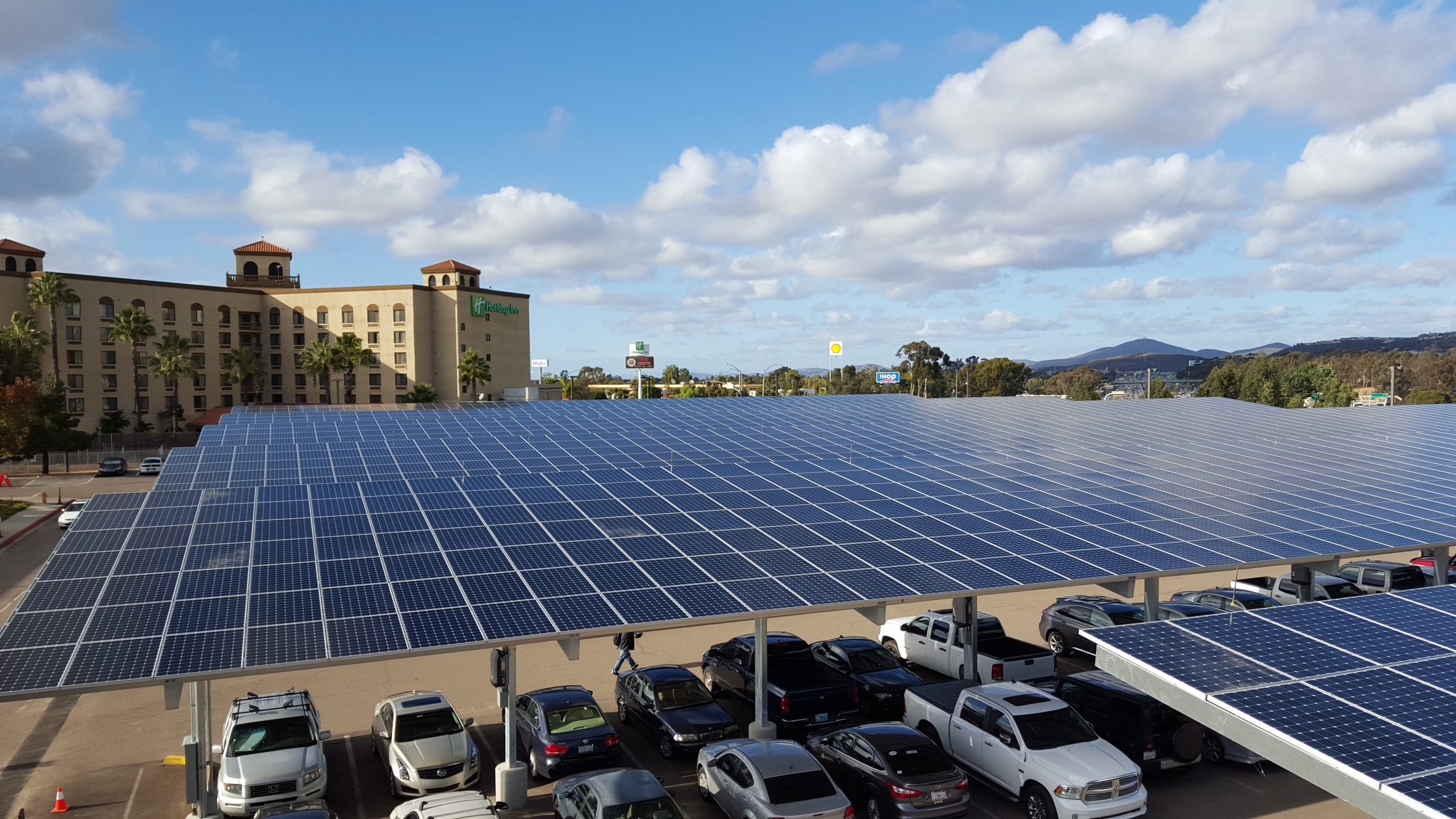
“Upgrading the energy performance of buildings is one of the fastest and most effective ways to reduce energy costs, cut pollution, and create jobs in the construction and energy sectors.”
– President Obama
Since taking office, President Obama has set aggressive Federal energy and sustainability goals to reduce energy use, pollution, waste, and costs. Despite aging facilities and tight budgets, we have made huge strides meeting and exceeding our goals. Since 2008, the Federal government has reduced greenhouse gas emissions by 17 percent, more than doubled the amount of renewable energy produced on-site, and decreased spending on targeted facilities by $683 million.
A large part of how the Federal government is achieving these goals is through energy performance contracts, which allow the government to partner with the private sector to use long term energy savings to pay for up-front costs, at no net cost to taxpayers.
Recognizing the importance of financing, President Obama issued a challenge to Federal agencies in 2011 to leverage two billion dollars in performance contracts. That goal was doubled in 2014 to $4 billion by the end of December 2016.
Today we are proud to announce that the President’s challenge has been exceeded, with 21 Federal agencies awarding 340 projects with over $4.2 billion in value. Federal agencies relied on the Department of Energy and the Army Corps of Engineers’ contracting and technical expertise to deploy these projects.
The 340 performance contracts awarded will reduce the Federal government’s energy spending by $8 billion over the next 18 years, offsetting the costs of new equipment, maintenance, renewable energy, and other much-needed infrastructure upgrades– from new HVAC systems and LED bulbs to building automation systems and renewable energy installations.
These investments are reducing the Federal government’s carbon footprint by over 1.4 million tons of carbon dioxide per year – which is equal to about half of the entire city of Washington, D.C.’s annual emissions.
Other benefits from the President’s challenge include the creation of more than 30,000 jobs, in American companies large and small. As one example, PG&E estimated that one energy performance contract with the Bureau of Prisons is employing 75 local craftsmen and small businesses.
Companies are deploying technology and infrastructure to modernize the Federal government around the country. A $6.4 million performance contract turned a U.S. General Services Administration (GSA) facility in St. Croix, U.S. Virgin Islands, into a net-zero building that saves $500,000 on energy costs each year.
In Illinois, Argonne National Laboratory runs some of the most advanced equipment in the world 24/7. An electricity grid outage or onsite equipment failure could wreak havoc on sensitive experiments. An energy performance contract provided a 6.3 megawatt combined heat and power plant that modernized critical infrastructure to protect the lab’s work.

Oklahoma is home to the largest performance contract in government history: a $262 million investment at Tinker Air Force Base. Technology and hardware upgrades, such as two new 2,000-ton chillers and new energy management control systems, will modernize 50 buildings, reduce energy consumption by 44 percent, and save the base $3.5 million each year.
The U.S. Department of Defense has long recognized the importance of advanced energy technologies in reducing risks in supply chains and exposure to price volatility. DOD leveraged over $2 billion in performance contracts for this challenge, with Army leading the way.
Over the past eight years, President Obama has kept up the challenge, setting new goals to keep the momentum going. In October 2016, we announced the Next Generation Performance Contracting Challenge, which seeks $2 billion in additional energy performance contracts over the next three years, along with two billion gallons of water savings.
The Federal government will continue to benefit from greater efficiency and energy savings from these projects for years to come.


